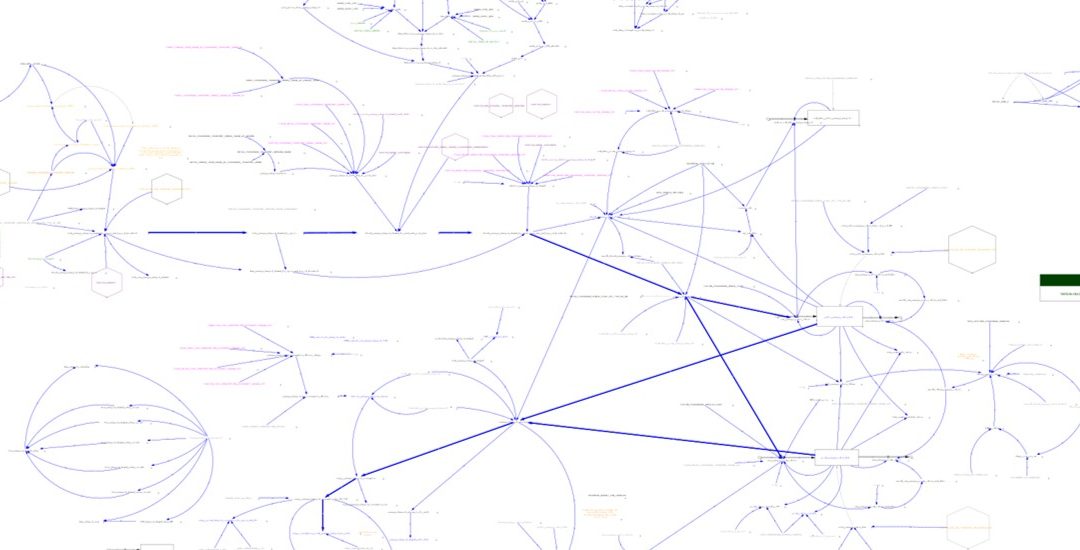We are happy to announce the release of WILIAM 1.3 BETA (available for Vensim software). This is the last version of the WILIAM model in Vensim to be released within the framework of the LOCOMOTION project. Despite this project ended in November 2023, a final effort has been carried out to release this version which includes diverse types of improvements (conceptual, technical, computational, usability etc.).
Below you can see a figure showing the main interrelationships between modules, which gives an idea of the complexities that the model is able to capture:

WILIAM 1.3 BETA (Vensim) is available in GitHub: https://github.com/LOCOMOTION-h2020/WILIAM_model_VENSIM and the documentation is available in the wiki associated to that repository: https://github.com/LOCOMOTION-h2020/WILIAM_model_VENSIM/wiki. Despite the end of LOCOMOTION, several partners are committed to continue its development and hence updates of the model and associated documentation will be periodically released in the future. It is important to highlight that, for those users who don’t have a full DSS Vensim licence, a Packaged model is available, as well. It can be run through the freeware Vensim Model Reader (https://vensim.com/vensim-model-reader/). This option includes the possibility to modify scenario parameters, as well as to check the equations used in the model in the “Equations WILIAM” PDF file.
A special effort has been devoted to enhance the usability of the model, by polishing and upgrading the structure, as well as the documentation and the data, with special attention to the scenario_parameters.xlsx file (the main interface to run the model and to parametrize scenarios). WILIAM now includes over 90 functional policies and hypotheses, which allow to test a diversity of scenarios. The portfolio of indicators has also been enriched to improve and ease the analysis of scenario implications.
When it comes to technical performance, numerous bugs have been solved and enhanced validation has increased the robustness of the model for simulations until year 2050. Regarding conceptualization, the internal consistency of the modules has also been upgraded and each of them works reasonably well in standalone mode. The modelling of intermodule links has been improved, notably with representation of climate change on crop yields, endogenous calculation of LUC emission and impacts of energy scarcity in energy allocation. Nevertheless, we need to highlight that this is still a BETA Version and some important features and links remain to be implemented and will be the focus of the next months.
The model holds an open-source MIT licence which allows to freely modify the model under recognition of authorship. We hope this model helps to shed light on the complexity of the sustainability transition as well as contributes to the better design of policies considering their socioeconomic implications and biophysical constraints. Over 60 experts have already downloaded the open-source model, contributing to our goal of creating a “community of WILIAM modelers and users”. And the development of the model continues also after the project, with new versions released periodically on GitHub.



